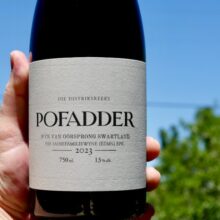
Product information
Sadie Family Swartland Pofadder 2023
$183
Description
“The 2023 Pofadder, 100% Cinsault planted in schist, has a floral bouquet: white flowers, rose petals, bright wild strawberry and cranberry, with a little more mineralité than the Soldaat. The palate is medium-bodied with crunchy red fruit. It’s perhaps the most tensile of any Pofadder I’ve tasted, culminating in a linear finish with life-affirming frisson. There is an effortless brilliance about this Pofadder—even better than last year’s offering.”
Neal Martin, Vinous 96 Points
“Eben Sadie sources this delightful Swartland Cinsault from the Anthonij Rupert farm in Riebeeksrivier, using grapes grown on schist. Fermented with 30% whole bunches in concrete and foudres, it’s a graceful, elegant, refined expression of Cinsault with potpourri and Turkish Delight aromas, lots of zip and energy, succulent red berry fruit and granular tannins.”
Tim Atkin MW, South Africa Report 2024 96 Points
In stock
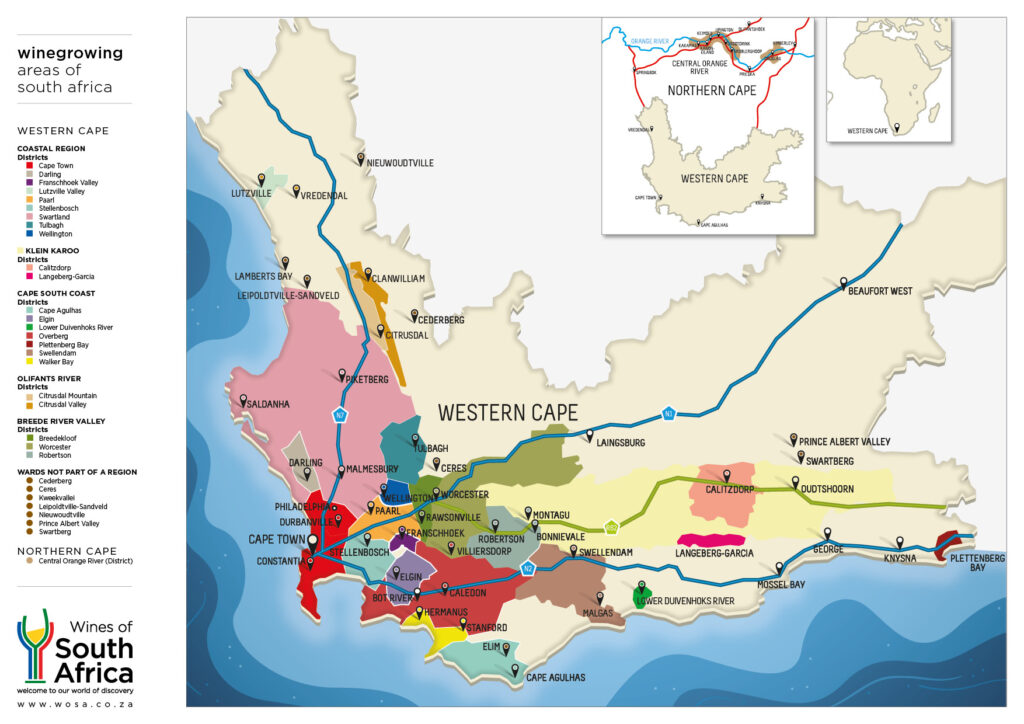
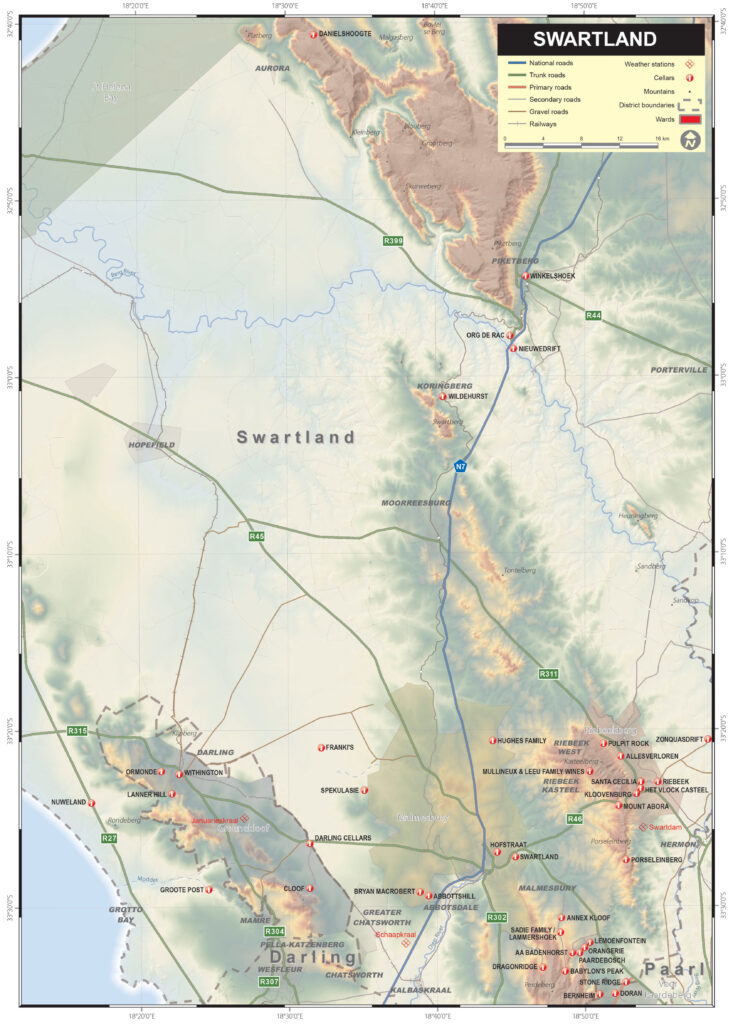
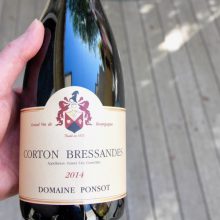
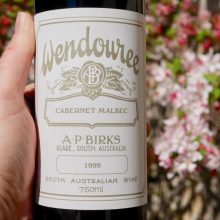
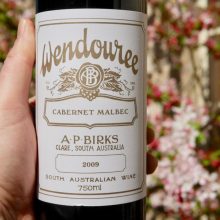
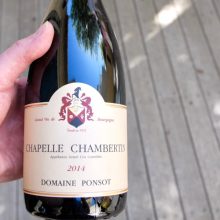
You must be logged in to post a comment.